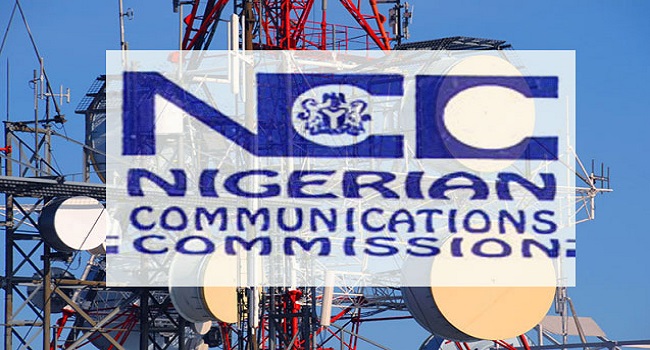Nigerian Communications Commission (NCC), has explained that the poor quality of telecom service being experienced in Nigeria’s major city, including Lagos, Abuja and others is as a result of inadequate capacity across the networks to support heavy usage in high-density urban areas.
By Emma Ogbuehi
The Nigerian Communications Commission (NCC), has explained that the poor quality of telecom service being experienced in Nigeria’s major city, including Lagos, Abuja and others is as a result of inadequate capacity across the networks to support heavy usage in high-density urban areas.
NCC made the explanation in a document that highlighted the results of its research findings on the networks in partnership with broadband intelligence firm, Ookla.
READ ALSO:
With reference to specific focus on data experience, NCC noted that the high density of active internet users in urban areas was responsible for the issue of dropped video calls, buffering on streams, failed mobile payments, and slow downloads.
NCC said: “Overall, network capacity for data services across the country appears good. However, capacity issues have been observed in urban areas across all major operators.
“Capacity restrictions are concentrated in urban zones, the impact on rural service is extremely low, reinforcing that this constraint is a localized issue tied to high-density areas.”
The Commission called for more targeted investments by the telecom operators, noting that the most effective strategy to mitigate capacity strain in cities is a multidimensional approach focusing on two goals, including “aggressively deploying 5G technology and optimizing the capacity of the existing 4G (LTE) network to improve performance for all users.”
NCC added; “While the National Proportion shows a minimal overall impact across the country, the issue is intensified in high-density urban areas.
“This localized congestion leads directly to peak-hour performance degradation, confirming that targeted infrastructure investment in these urban zones is most critical to ensure consistent service quality.”
Reports indicated that subscribers expressed serious frustration over the poor quality of services they continued to receive from the telecom providers, especially concerning data service.
Some of the subscribers recounted the fact that the best they could get from the 5G router was a 1MBPs, and that only works better at night, while some others expressed disappointment over poor signal strength and frequent power interruptions, which deprive them connectivity mostly at crucial times.
On their own, telecom service providers attributed unpalatable subscribers experience to perennial cases of fibre cuts, including damage to telecom facilities across the country. According to the service providers, fibre cuts have been taking huge capital away from the telecom operators because of frequent cases of repairs associated with the challenge, even as they lose revenue within the period of the service outage in affected areas.
The NCC corroborated the challenge by noting that telecom operators have been recording an average of 1,100 fibre cuts every week.

